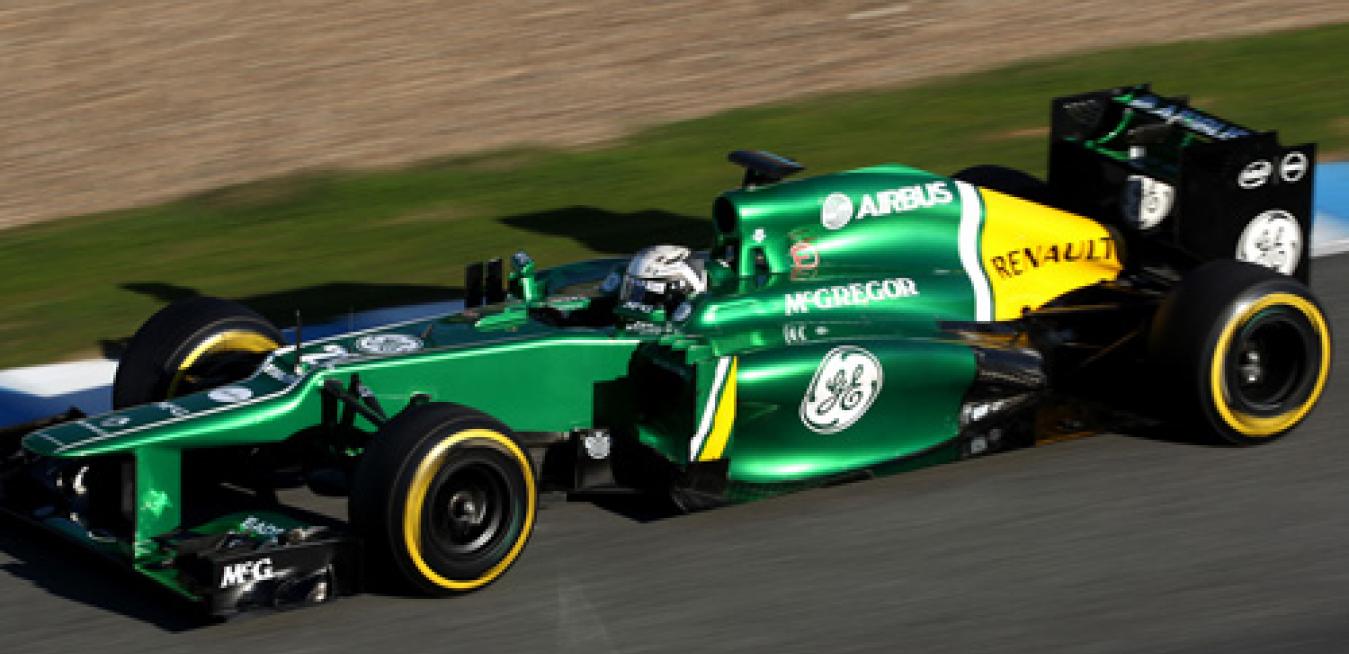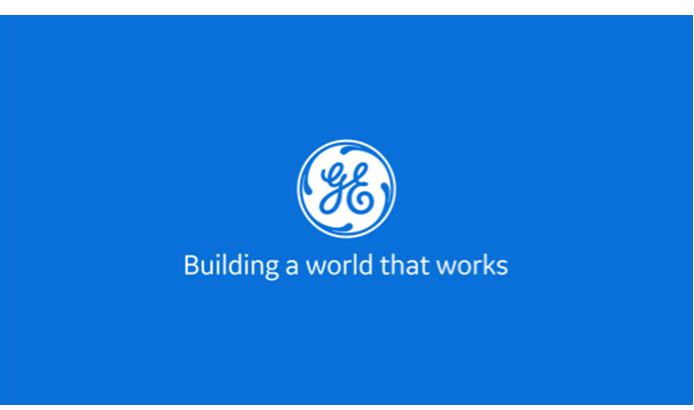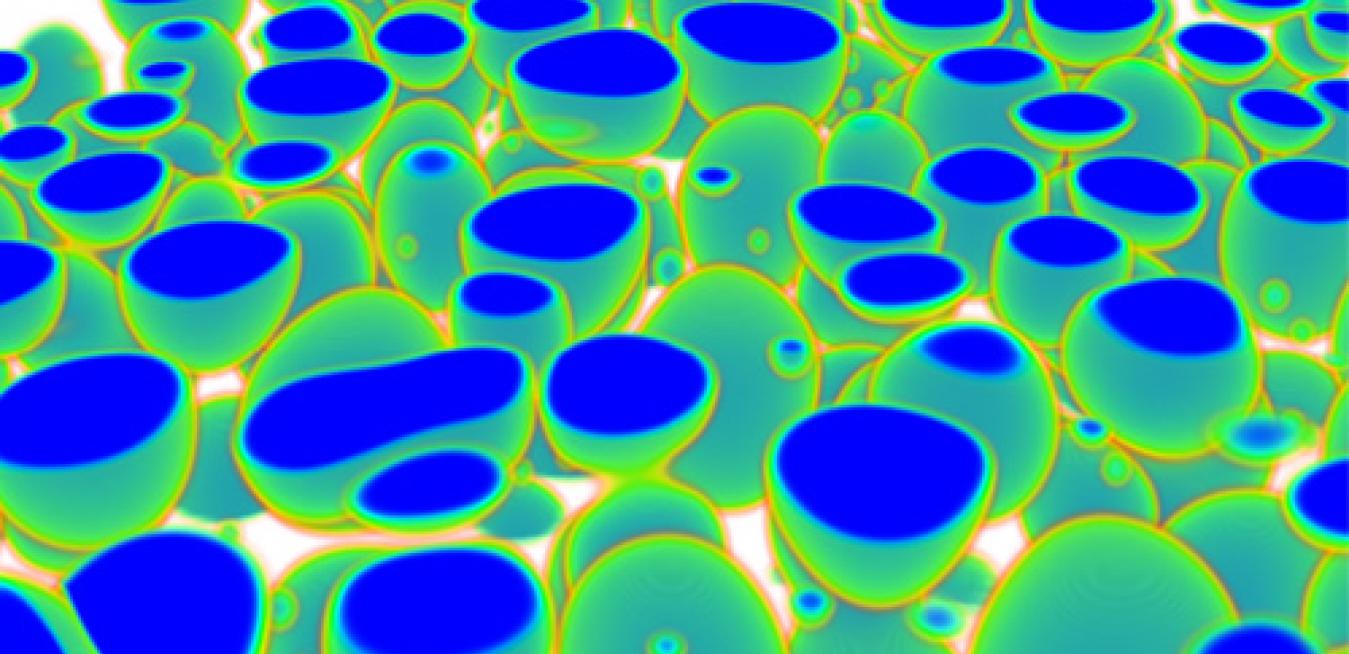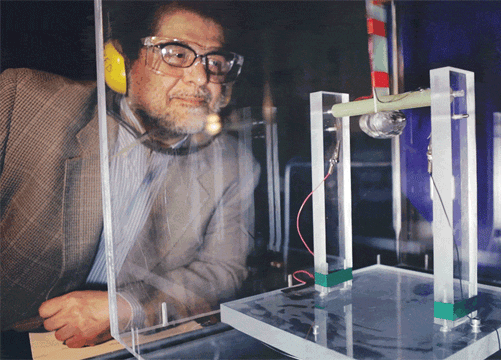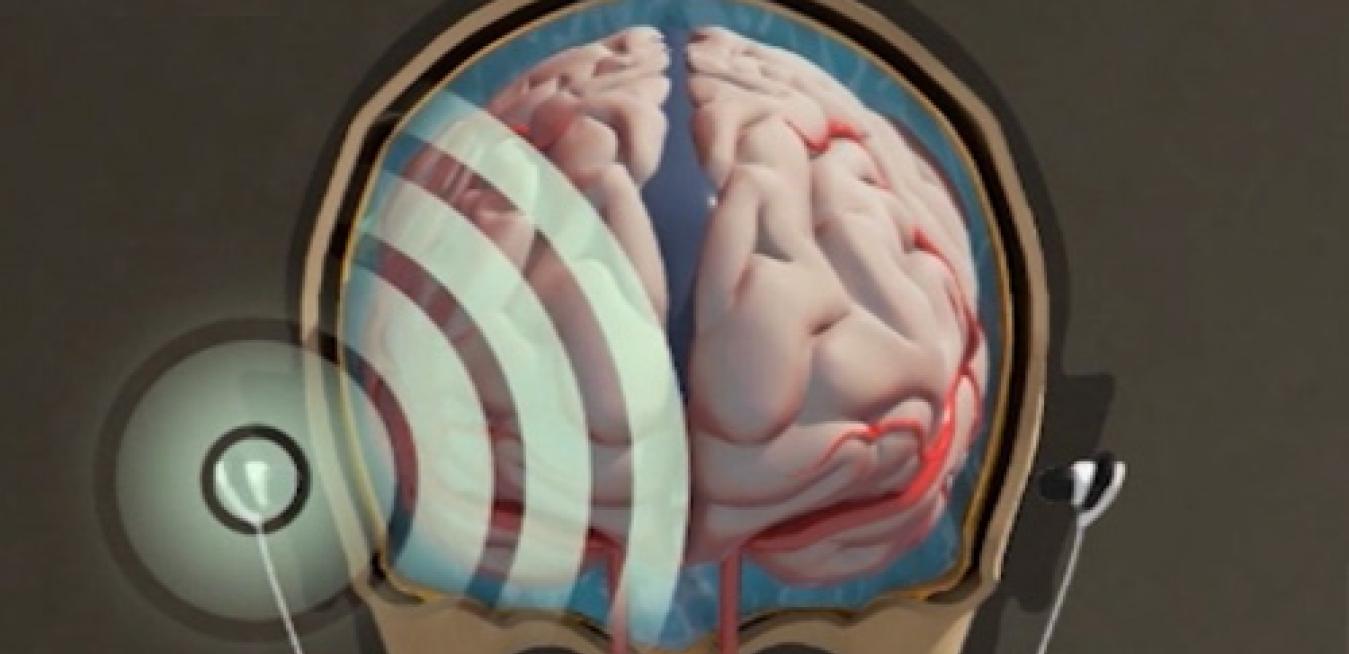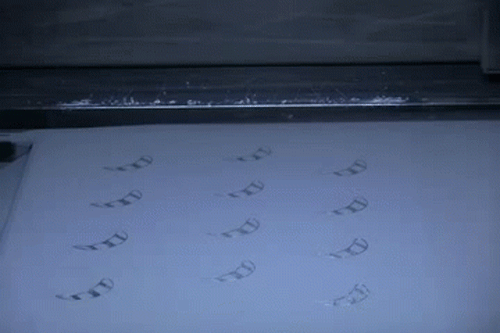In Ron Howard’s brand new Formula 1 car-racing movie Rush, the legendary driver Niki Lauda gives his rival James Hunt a sage piece of advice: “To be a champion, it takes more than just being quick.”
Doctor visits tend to be quiet affairs, unless an MRI exam, or a root canal, is on the agenda. An MR scanner can generate noise in excess of 110 decibels, enough to rival a rock concert. There is a good reason why this happens. “An MRI scanner is like a huge version of a speaker in your home,” says engineer Bryan Mock, who manages GE Healthcare’s MRI products. “They both have magnets inside and a coil of wire that carries electric current,” Mock says.
Scientists at GE Global Research are experimenting with thin jets of air to reduce turbulence along aircraft wings and wind turbine blades, and to improve efficiency. They are using devices the size of two stacked credit cards to speed up air that naturally slows down due to surface friction. Just a small decrease in drag could save millions of dollars for airlines alone.
Todd Rockstroh has spent the last decade on manufacturing’s vanguard, using lasers to “print” nozzles and other complex jet engine parts from bits of superalloy dust. Despite enormous progress, this process, which is called 3-D printing, remains a tricky terrain. Rockstroh, who is a laser processing expert at GE Aviation in Cincinnati, Ohio, has been working to eliminate as many unknowns as possible, starting with the material. “When we designed the nozzle, we wanted to make it from an alloy that was mature, well known and thoroughly tested, nothing exotic,” he says.
